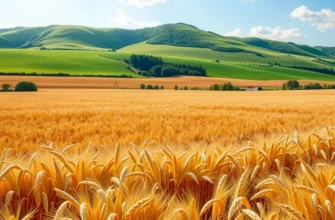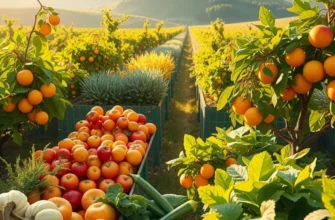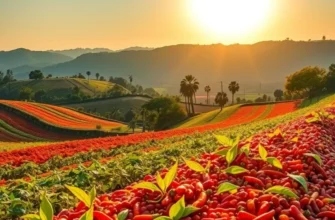Fermentation is one of the oldest culinary techniques known to humanity, underlying diverse food cultures around the globe. As a natural method of preservation, fermentation transforms ingredients and enhances flavors, benefiting gut health while contributing unique textures. From the tangy tribute of kimchi to the exquisite taste of Italian cheese, preserved foods echo the heritage and identity of their cultures. Join us as we delve into captivating stories of traditionally fermented foods from various corners of the world, revealing the art and science behind these delectable treasures.
Kimchi: A Korean Culinary Staple
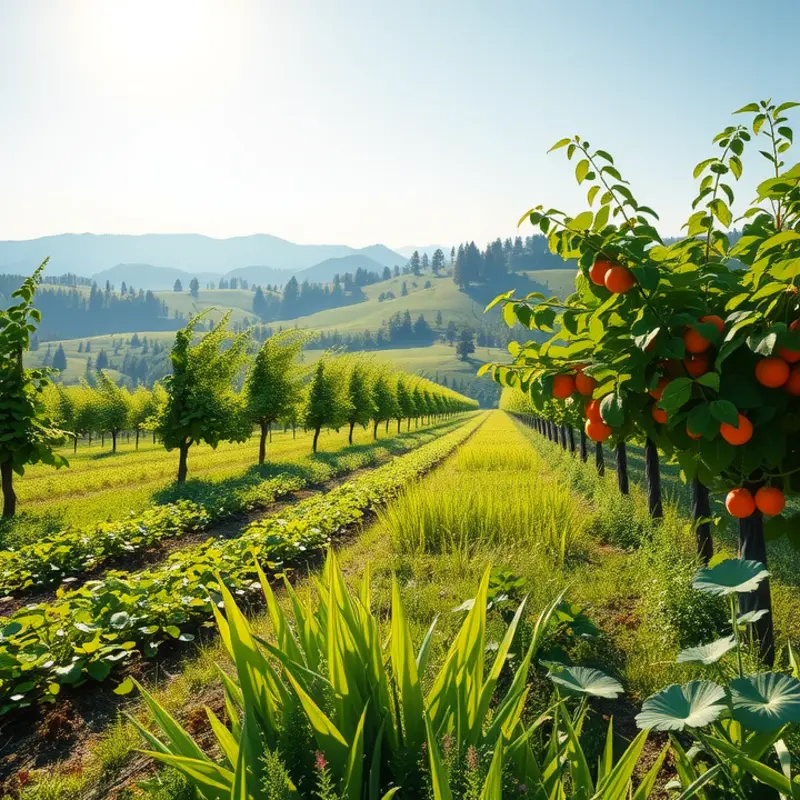
Few dishes represent the essence of Korean cuisine as vividly as kimchi. This vibrant, fermented vegetable marvel is a cornerstone of Korean cooking, embodying both the country’s rich traditions and its cultural identity. With a history tracing back over three millennia, kimchi’s enduring popularity lies in its unique combination of flavors and its capacity to adapt to diverse ingredients and methods of preparation.
The primary ingredient in traditional kimchi is napa cabbage, which is carefully preserved through a fermentation process. This preservation technique, once essential for enduring harsh Korean winters, has evolved into a culinary art form. The magic of kimchi lies in the meticulous crafting of its seasoning, a dynamic mix of garlic, ginger, Korean chili pepper, and often, a touch of fish sauce or salted shrimps to deepen the umami profile. These ingredients are blended into a paste that clings to the cabbage leaves, infusing them with robust flavors as they ferment.
Kimchi showcases the Korean philosophy of balance in taste and nutrition. As a fermented food, it is laden with probiotic benefits, supporting digestive health and boosting the immune system. Moreover, kimchi is rich in antioxidants, vitamins A and C, and dietary fiber, making it both a delicious and health-promoting dish. For those exploring plant-based options, probiotic-rich foods like kimchi are invaluable; you can explore more non-dairy probiotics in this guide.
Regional diversity in kimchi preparation adds layers to its story. In Korea’s northern regions, the cold climate yields a milder, less spicy version, with ingredients such as radish and pears adding subtle sweetness. Meanwhile, the southern regions are famous for a more intensely flavored kimchi, driven by abundant use of anchovy sauce and additional chili powder. These variations reflect regional climates, available ingredients, and local palates, illustrating kimchi’s wonderful adaptability.
In every Korean household, the act of preparing kimchi—known as ‘kimjang’—is a time-honored tradition. Families gather for this communal event, passing down cherished recipes through generations. Kimjang has been recognized by UNESCO as an Intangible Cultural Heritage, highlighting its significance beyond mere culinary practice. It is a moment of unity, where community bonds are reinforced through the sharing of labor and the joy of producing this vital food.
Whether as a standalone dish, a side with rice, or an ingredient incorporated into myriad other foods, kimchi’s role in Korean daily life is immeasurable. Its adaptability in recipes emphasizes the innovation within Korean cuisine, showcasing how this ancient food continues to evolve, finding new fans globally.
Thus, by exploring kimchi, one not only delves into the heart of Korean culture but also embraces the vitality and diversity of fermented foods. This fermented gem remains a testament to the enduring power of tradition in an ever-changing world, and its appeal is sure to last another thousand years.
Sauerkraut and Beyond: Fermented Cabbages Across Europe
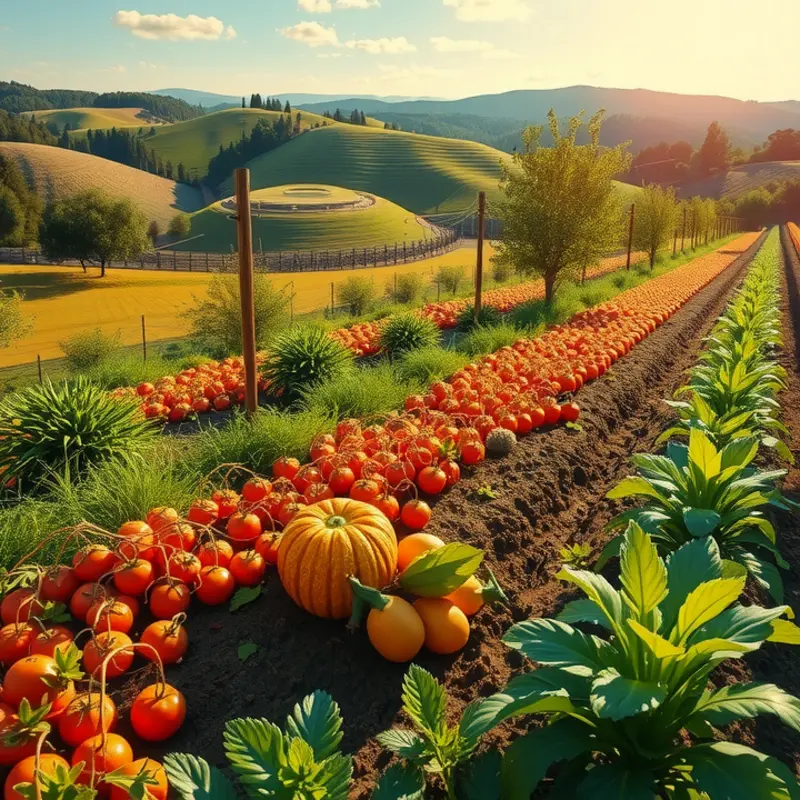
Fermentation, a culinary art form as old as agriculture itself, has deep roots in European cuisine. At its heart lies cabbage, a humble vegetable transformed into a zesty delight known as sauerkraut. Originating in Germany, sauerkraut epitomizes the ingenious blend of tradition and preservation that defines European cooking. While the method involves just cabbage, salt, and patience, each region’s unique touch results in an impressive array of flavors.
In Germany, where sauerkraut originated, the process is straightforward but meticulous. Farmers harvest late-season cabbages for their firmness and robust flavor. These cabbages are finely shredded, layered with salt, and left to ferment in large earthenware jars. The result is a tangy, crunchy powerhouse adored for its versatility. It complements hearty meats like pork or sausage and adds a refreshing contrast to heavier dishes.
Venture eastward, and you’ll encounter variations with a fiery twist. In Poland and Hungary, sauerkraut often includes spicy additions like caraway seeds, peppercorns, or even chili flakes. These elements not only enhance flavor but also reflect the nations’ love for vibrant, piquant dishes. In Poland, the traditional dish bigos—a rich stew of sauerkraut and meat—showcases the complexity that fermentation can bring to a meal.
Across Europe, other fermented cabbage dishes grace the table, each with distinct regional influences. Take, for instance, Romanian varză murată. This version often involves whole cabbages brined and fermented with herbs, resulting in a more subtle taste compared to its German cousin. It’s a staple during the winter months, pairing beautifully with smoked meats and polenta.
In the Balkans, the love for cabbage extends to sarma, a comfort dish featuring cabbage leaves stuffed with minced meat and rice. Fermented to tangy perfection, the cabbage leaves envelop the filling and are slow-cooked to allow flavors to meld. Sarma exemplifies how fermentation brings neighbors together, each household boasting its cherished recipe.
The history of these dishes is just as fascinating as their tastes. Fermentation as a preservation method ensured survival during harsh European winters, making cabbages an essential crop. This tradition of preparing cabbages before the cold arrives speaks to the resilience and resourcefulness of communities relying on seasonal produce.
For today’s home cooks seeking healthier alternatives, fermented cabbage dishes offer rich probiotic benefits. Sauerkraut, in particular, is lauded for its gut-friendly bacteria and digestive aid properties. With growing interest in such health benefits, enthusiasts are exploring ways to incorporate these traditional methods into contemporary diets.
To explore the health advantages and culinary uses of these fermented foods further, you may find this guide on non-dairy probiotics insightful.
Europe’s fermented cabbage staples stand as a testament to culinary evolution. These dishes not only represent time-honored techniques but also actively contribute to a shared heritage that ties together generations, cultures, and flavors across the continent. As you explore this tangy realm, each bite offers a story steeped in history, enriched by cultural diversity, and seasoned with centuries-old wisdom.
Final words
The beauty of traditionally fermented foods lies not only in their complex flavors but also in the stories they tell about our shared humanity. Each bite of kimchi or sauerkraut serves as a delicious reminder of cultural heritage, local ingredients, and time-honored techniques that connect generations. By embracing these culinary traditions, food enthusiasts can honor the past while contributing to a vibrant global dialogue about food culture. Whether exploring a new recipe at home or sharing a fermented dish with friends, the world of fermentation invites exploration and appreciation for diverse global cuisines.




